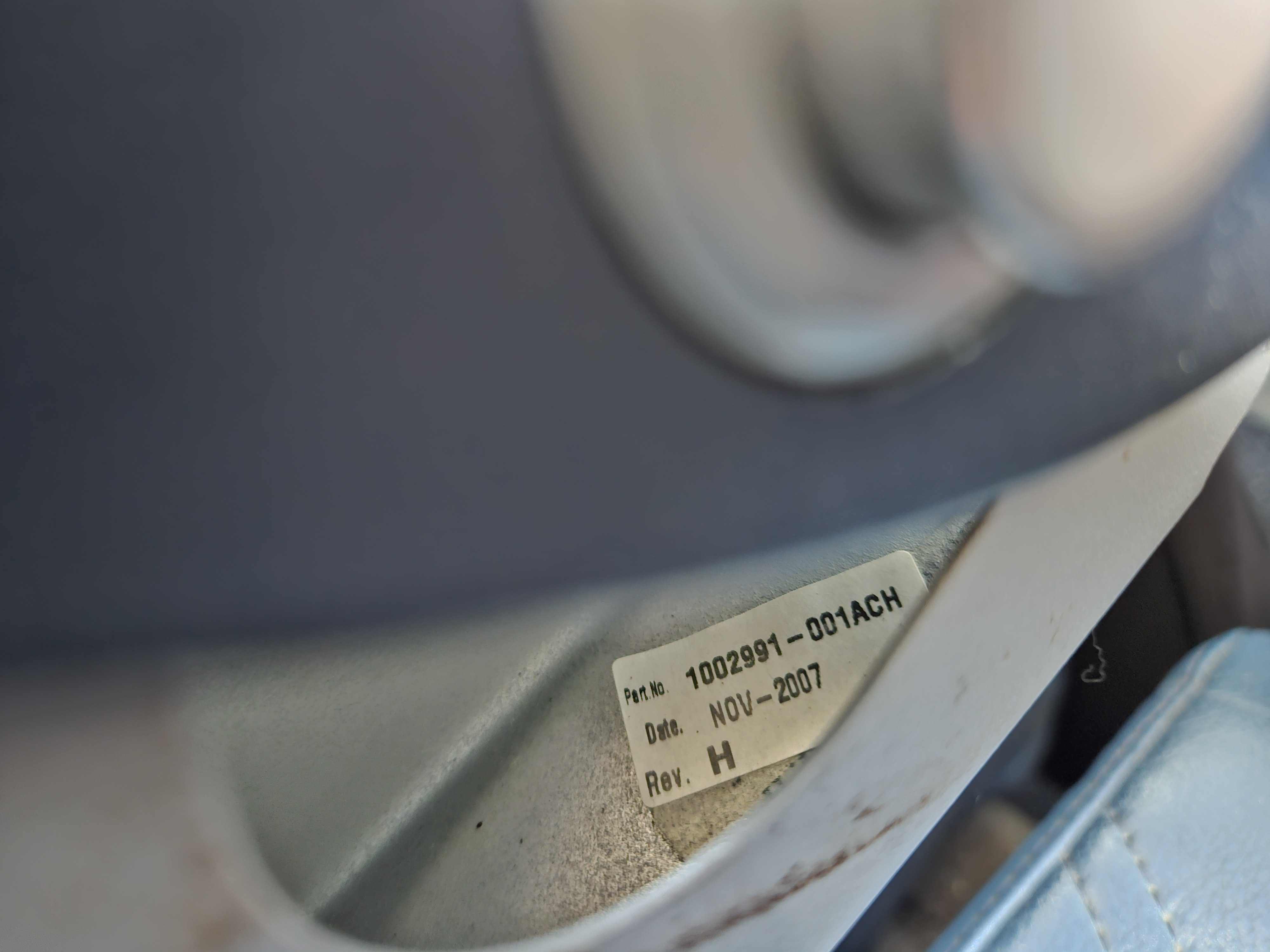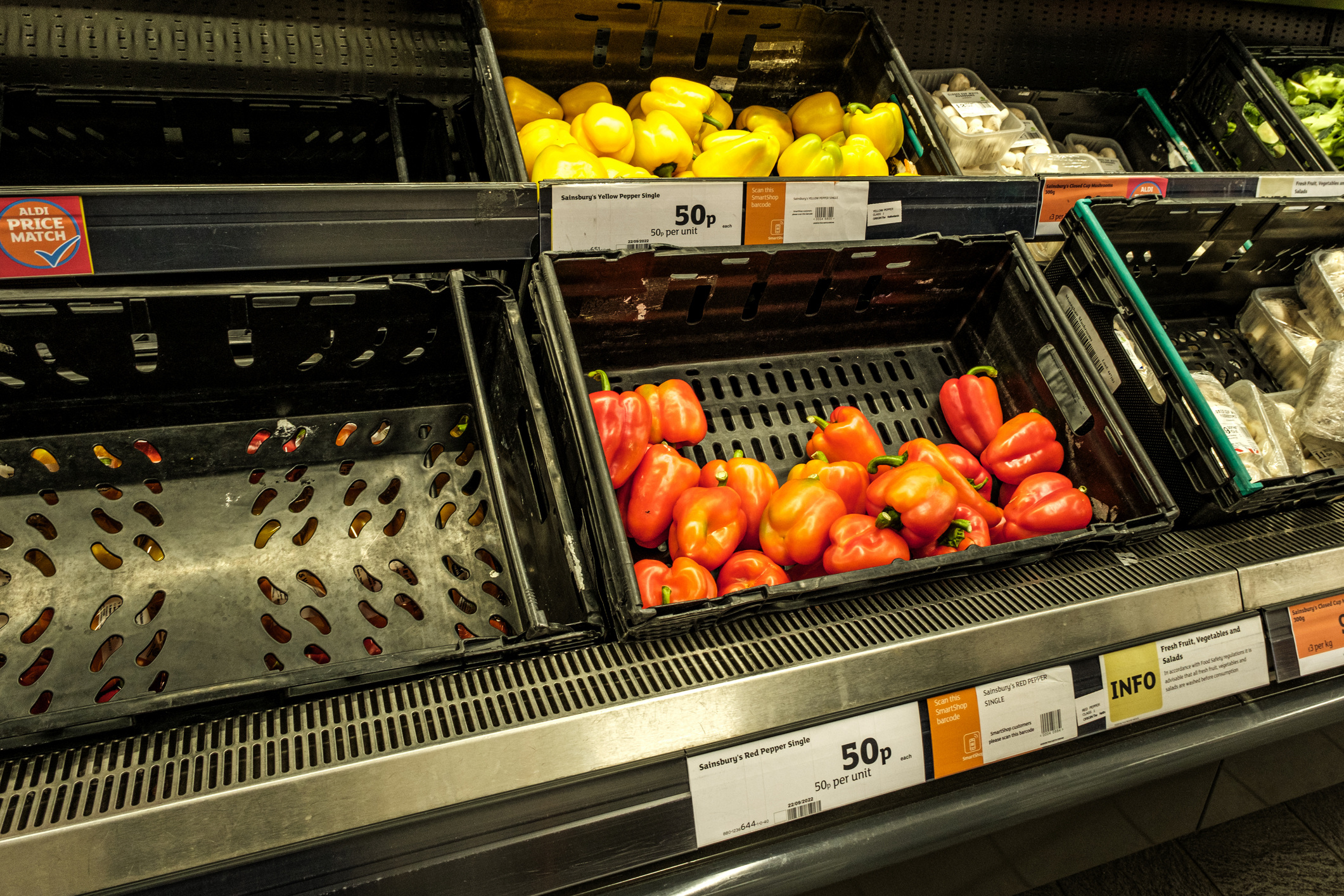1 min read
Volume As a Blocker
To conclude the series we’ve been working through, we’ll talk about volume. This is an often-hidden issue that teams must conquer, with or without...

And why you should care....
I was recently flying on a quick trip and the button on my seat rest had popped off, revealing this little tag. It states the date the seat was made and the process plan that was used – including the revision number. This little sticker may have passed the eyes of many without being noticed, but I was paying attention.
We’re in the business of “building it right the first time.” And that’s what that little label meant to me.
Your production team has a lot of work to do. Every day is different, even if they’re doing the same thing over and over. Supply chain challenges may mean that you’ve sourced key components from several vendors. Shortages may mean your team can’t find what they need to do their work at all. With labor fluctuations and a mix of hybrid schedules and time off, your team may vary from day to day, which requires greater flexibility in managing your team’s working and off days. Rotations in work to accommodate labor requirements may mean that you have different people doing different work from week to week or even day to day. And that’s all before you consider the variations in the work itself. If you make-to-order rather than make-to-stock, these challenges multiply quickly.
The word ‘operation’ is interesting to me here and very indicative of the conversations we have with prospects and customers alike. An operation is a complex set of interconnected steps that are required to do the work properly, as determined by you or a senior member of your team. Think of the word ‘operation’ in the medical sense. You want to know that that team is following every step that is required to get you or your loved one off that table quickly and with the very best outcome.
The same goes for your shop. You want to give your team a set of instructions – verbally or otherwise – that tell them the best way to do the work. You’ve considered the outcome. You’ve managed all the issues that could happen if they do it a different way. Your production plan likely considers the shop’s workflow and how pieces will move through it. (or: You’ve likely accounted for how work flows through the shop when planning the piece progression.)
However these directions come to be – whether written out in advance or distributed through the morning huddle – you want (or need) to know that they’re doing it the way you asked. Following your proscribed steps. Avoiding the things that may cause issues later. Managing the time required. Including everything that needs to be done. And reporting on how they did.
The way that we deliver production control to manufacturers is through digital tools. Whether you choose to use ours or another’s, we encourage you to get something to help. It’s just not reliable enough to manage all the work in your shop (even if you’re doing the same work week to week) via verbal communication. We are a visual culture; our team members spend, on average, 3 to6 hours per day on mobile and other digital devices scanning for information. We’re used to reading information quickly. Verbal communication is on the decline and people’s attention spans don’t give you enough time to get the information across.
Digitization doesn’t have to be expensive. It doesn’t have to take months or years. But it does have to be done. Whether your team is making one large item over a period of weeks or months or loads of smaller items over a period of minutes, you need to let them know exactly what they have to do to make their work good enough for that little sticker. You have to give them information quickly, in a format that they will read and understand, and that increases your ability to communicate with and throughout the team.
That little tag in the picture means – to me – that the team that built this CRJ900 knew what to do and did the work properly. Now, my little seat on this aircraft may not have been critical to that plane’s safety, but it did add to my sense of security. A sticker here meant that it was elsewhere, too. It meant the team had a process that they followed, a process that involved printing build-specific information on a ticket and attaching it to the appropriate location. And so I’m resting peacefully in its cradle. How are you feeling about what your team is doing today? Rested or nervous?
We make tools that give you and your team the visibility and control you want and need to run your shop no matter what happens today. A system that flexes with you, your processes, and your work. Reach out and ask us how.

1 min read
To conclude the series we’ve been working through, we’ll talk about volume. This is an often-hidden issue that teams must conquer, with or without...

We’re talking about legacy through to March. It’s still the first quarter of the year and now’s the time to make a change to support your team. If...

1 min read
Every day, the people you’ve hired to do the work in your shop show up to get it done. They are, quite simply, amazing. I’ve never seen people more...